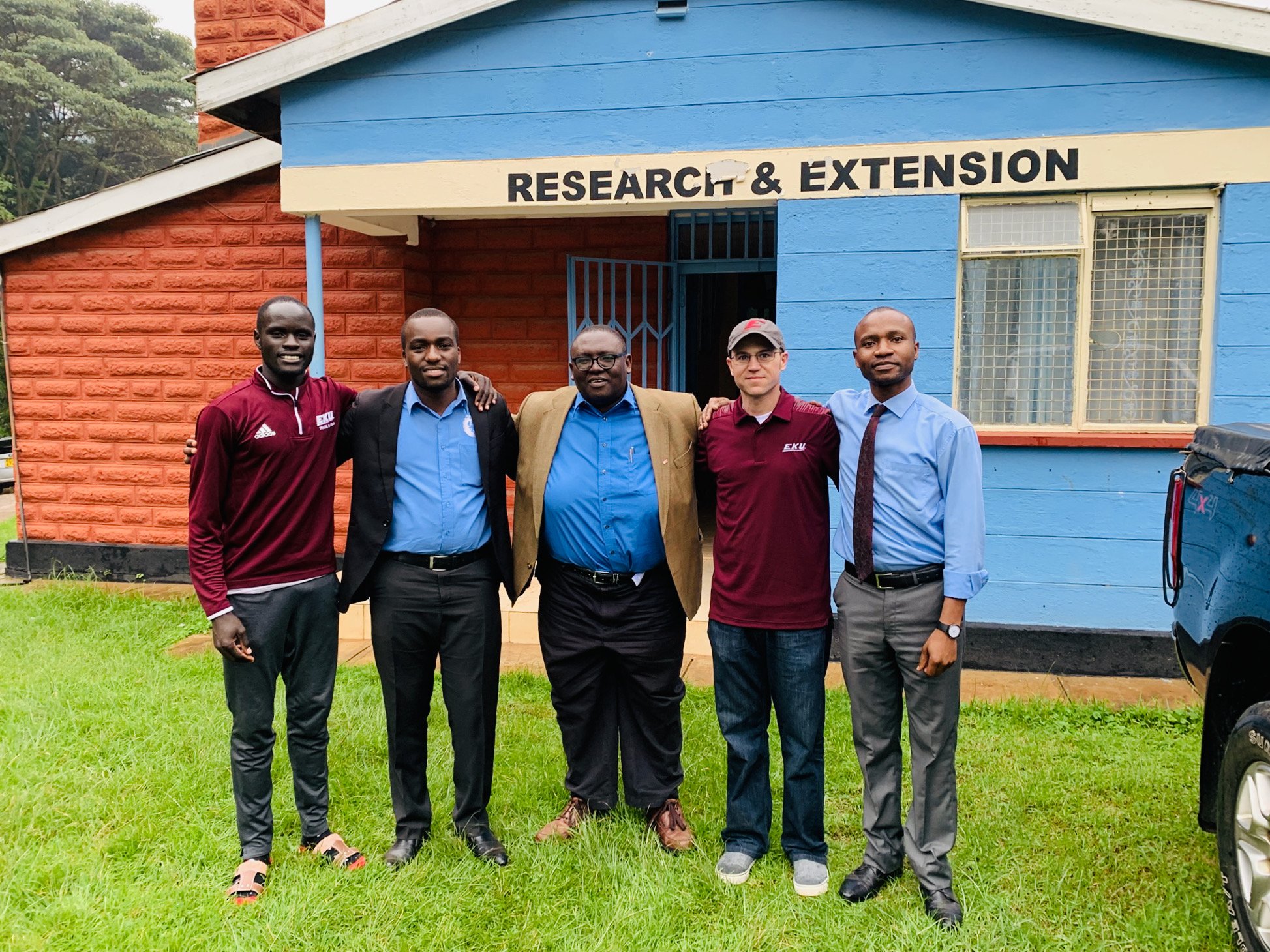
SOCIAL MARKETING AND ENTREPRENEURSHIP CERTIFICATE
Module 2: Mobile Banking
With Japan as a notable exception, the use of phones to pay for consumer goods or to move money has been a development specific to the developing world. These functions work by using simple cell phone applications to perform basic banking transactions, allowing faster and more convenient service in nations where rural areas are often bereft of formal financial institutions. When needed, clients can withdraw hard cash from their online banking accounts by locating company agents, who are stationed in many places in cities and villages across the country. These agents carry a float of cash to allow mobile customers to cash-out on demand. Ironically, this complexity of technology would seem privy to the developed world, and ultimately reaffirms the complexities of spending in the BoP.
Mobile banking has a number of advantages to traditional forms of banking. Depositing and storing money is free, the services are secure and always accessible through a cell phone, and account balances can be checked on a whim. Some drawbacks include no interest on stored money, and there can also be times when it is difficult to access money. For example, it can be problematic if an agent cannot be found or if the cell phone network is down.(1)
Mobile banking is currently most popular in Kenya and the Philippines, with significant branchless banking also developing in Brazil. (2) The growth of the industry is exponential, with 150 new money services having been launched in 2009 alone. M-PESA, the primary mobile money service in Kenya, increased its revenues 158 % in 2009, growing to US$94.4 million.(3) Beyond the use of the services in the financial sector, there is potential for mobile money to be brought outside the financial services sector, into health, education, agriculture, energy, and other sectors. These types of advancements have societal benefits as well. For instance, the ability to pay school fees by a mobile device could help parents save and store money specifically for their child’s education. This concept is similar to college savings accounts in North America.(4) As mobile banking becomes more established, SIM cards may become a new form of identification, which is especially relevant for many individuals in the developing world who lack addresses, bank accounts, other electronic identities, or even legal existence.(5) One’s history of mobile payments might help build up one’s credit, rendering it easier to borrow money in the future.(6)
One future challenge for mobile money is getting uniform regulation across different nations to facilitate the use of mobile money services outside of one’s native country. As the mobile market expands to new countries, it will also be important to build and maintain trust among new customers, many of whom may be reluctant to give up the certainty of traditional hard cash banking, whether formal or informal. Adapting the technology to larger amounts of money is certainly possible and would have applications in business. Trust and familiarity with mobile banking will be paramount as well for this to become a reality.(7)
Footnotes
(1) Morawczynski, O. (2011). Saving through the Mobile: A Study of M-PESA in Kenya. In Advanced technologies for microfinance: Solutions and challenges (pp. 148-164). IGI Global.
(2) Wyeth, N. “Report from the Mobile Money Summit (Part I): State of the Industry.” NextBillion : Development Through Expertise. 2010. https://nextbillion.net/mobile-money-summit/.
(3) Pickens, M. “Proof Mobile Money Can Make Money? M-PESA Earns Serious Shillings for Safaricom.” Consultative Group to Assist the Poor. 2010.
(4) Ibid.
(5) Ibid.
(6) Ibid.
(7) Ibid.
